Just Added
Showing 25–48 of 59 results
-
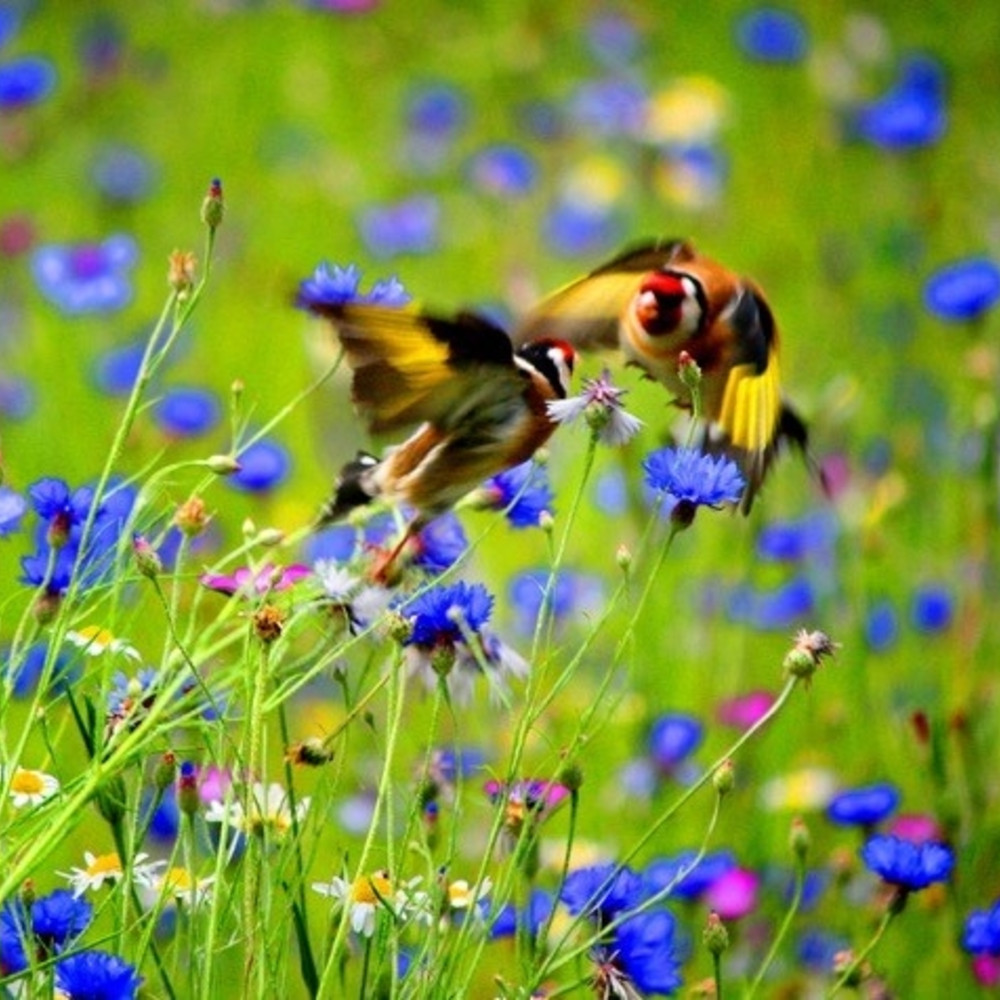
Wildflowers for Birds Mix (100 Plugs)
£29.99
(100 Plug Plants)Attract more wild birds to your garden with this wildflower mix
This mix of wildflower plugs contains a huge range of wildflowers and grasses that are selected to help attract a range of wild birds to your garden. Some will also provide seeds making them a great food source for the birds during the winter months. Many of the wildflower varieties will also attract bees and butterflies to your garden too, great if you’re growing your veg nearby.
There are over 100 different varieties, all annuals which will readily self seed, giving you continual colour and diversity for months. They are great for planting in a dedicated patch in the garden, or in large planters or an old wheelbarrow tucked into nooks and corners around your garden.
Each plug plant will have a cluster of different seedlings emerging, a lucky dip from the list below, and should not be thinned out. This way, you’ll get a fairly natural looking little meadow. For best results, plant the plugs approximately 15-20cm apart, and don’t forget that you can plant several plugs to a pot/container, allowing for 15cm per plug.
Number of plugs: 100 plug plants (multiple seedlings per plug!)
Contains a lucky dip seedling mix from over 100 different wildflowers, including:
- Burnet
- Cornflower
- Corncockle
- Dwarf Sunflower
- Goat’s Beard
- Hawkbit
- Knapweed
- Linseed
- Marigold
- Marjoram
- Millet
- Oxeye Daisy
- Phacelia
- Quinoa
- Scabious
- Selfheal
- Sorrel
- Teasel
- Trefoil – Bird’s Foot
- Vetch
- Yarrow
- Wild Carrot
-
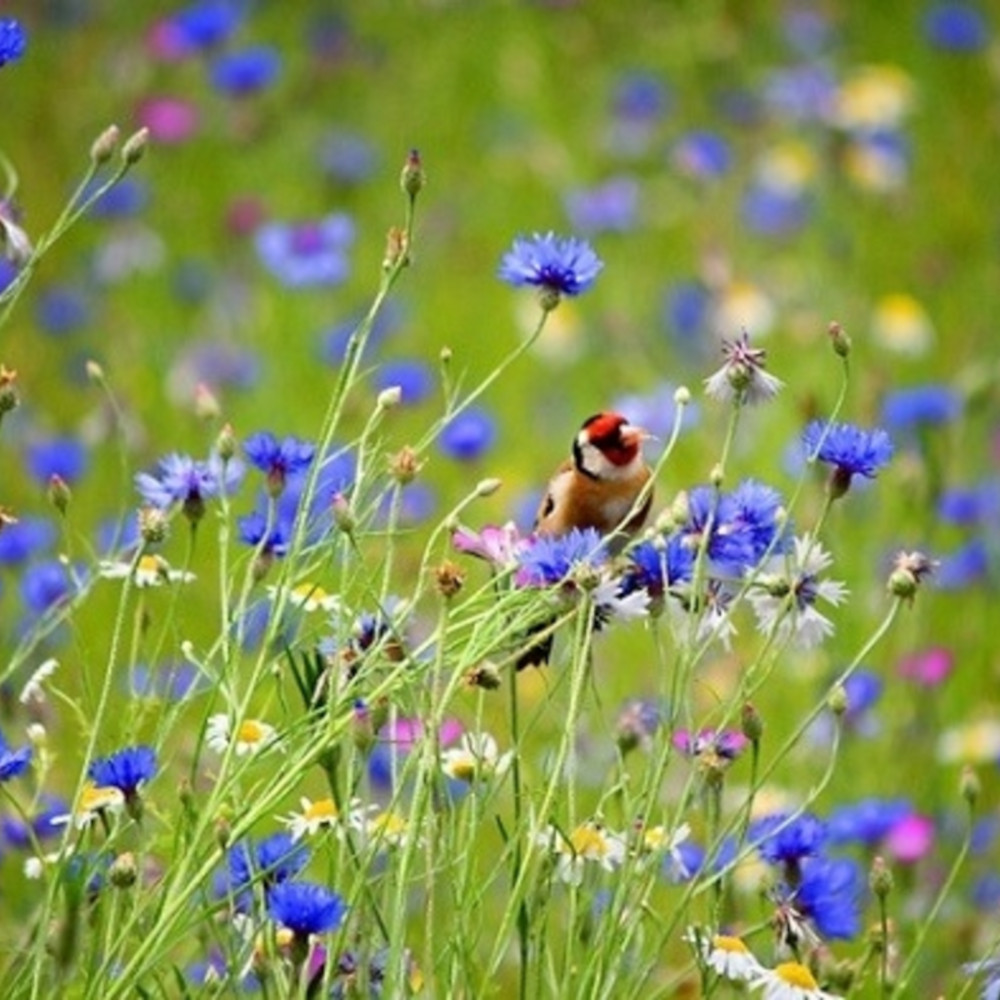
Wildflowers for Birds Mix (50 Plugs)
£19.99
(50 Plug Plants)Plant a mini wildflower meadow to attract birds to your garden
This mix of wildflower plugs contains a mix of wildflowers and grasses that will attract a range of wild birds to your garden. Some will also provide seeds making them a great food source for the birds during the winter months. The mix will also attract bees and butterflies to your garden too, great if your also growing veg nearby. There are over 100 different varieties, all annuals which will readily self seed, giving you continual colour and diversity for months.You can plant the 50 plugs in a dedicated patch in the garden, or in planters to create a mini-meadow. You’ll receive a full growing guide with the plug plants.
Each plug plant will have a cluster of different seedlings emerging, a lucky dip from the list below, and should not be thinned out. This way, you’ll get a fairly natural looking little meadow. For best results, plant the plugs approximately 15-20cm apart, and don’t forget that you can plant several plugs to a pot/container, allowing for 15cm per plug.
Number of plugs: 50 plug plants (multiple seedlings per plug)
Contains a lucky dip seedling mix from over 100 different wildflowers, including:
- Burnet
- Cornflower
- Corncockle
- Dwarf Sunflower
- Goat’s Beard
- Hawkbit
- Knapweed
- Linseed
- Marigold
- Marjoram
- Millet
- Oxeye Daisy
- Phacelia
- Quinoa
- Scabious
- Selfheal
- Sorrel
- Teasel
- Trefoil – Bird’s Foot
- Vetch
- Yarrow
- Wild Carrot
-
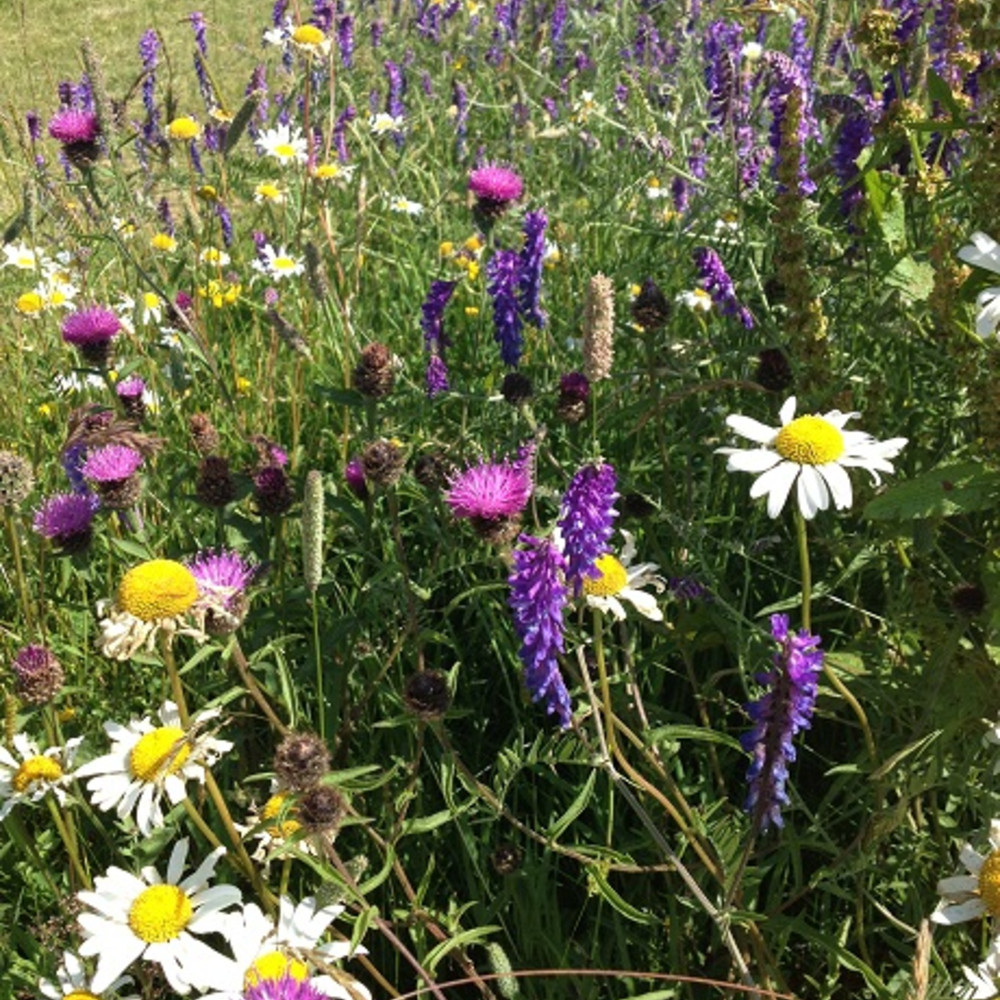
Wildflowers for Shade Mix (100 Plugs)
£29.99
(100 Plug Plants)Perfect for creating a mini wildflower meadow under tree cover
This mix of wildflower plugs contains a mix of wildflowers and grasses that will do really well in partial or light shade, underneath some trees perhaps. You can use them to make a mini meadow underneath a few trees, perhaps your fruit trees if you have a little orchard area. It’s a good way of attracting vital pollinators and bringing some extra colour to the garden.
The mix includes over 100 different varieties of annuals that will readily self seed, and that are natively found in British hedgerows and woodlands.
Each plug plant will have a cluster of different seedlings emerging, a lucky dip from the list below, and should not be thinned out. This way, you’ll get a fairly natural looking little meadow. For best results, plant the plugs approximately 15-20cm apart, and don’t forget that you can plant several plugs to a pot/container, allowing for 15cm per plug.
Number of plugs: 100 plug plants (multiple seedlings per plug!)
Contains a lucky dip seedling mix from over 100 different wildflowers, including:
- Angelica, Wild
- Bedstraw
- Buttercup
- Campion, Red
- Campion, White
- Cowslip
- Daisy
- Foxglove
- Hedge Parsley
- Knapweed
- Mullien
- Musk Mallow
- Mustard, Garlic
- Self-heal
- St John’s Wort
- Teasel
- Vetch
- Woundwort
- Yarrow
-
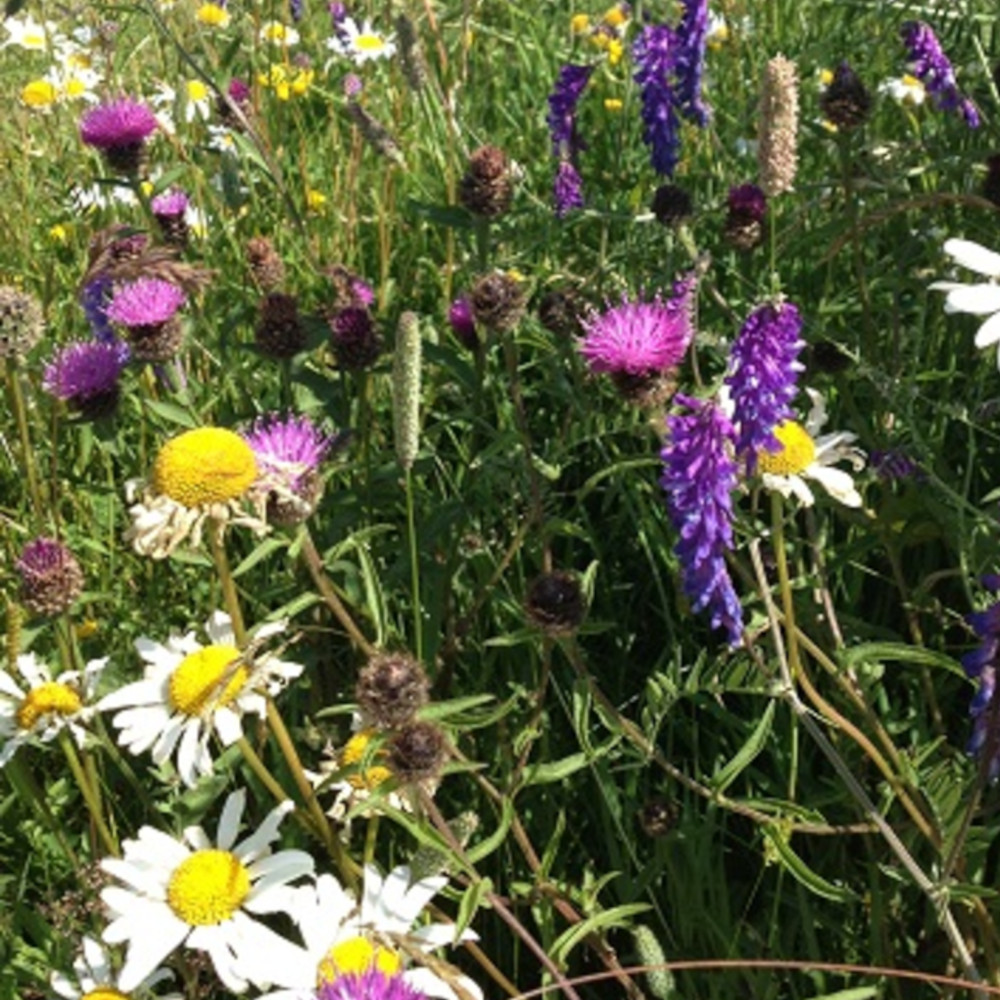
Wildflowers for Shade Mix (50 Plugs)
£19.99
(50 Plug Plants)Perfect for those shady spots in your garden
This mix of wildflower plugs contains a mix of wildflowers and grasses that will grow well in partial or light shade, allowing you to bring some colour into those shadier spots. This wildflower mix will also attract vital pollinators. There are over 100 different varieties, all annuals which will readily self seed, giving you continual colour and diversity for months. Lots of the species listed below are natively found in British hedgerows and woodlands. They are great for planting in a dedicated patch in the garden, or in a pot/planter for a mini-meadow!
Each plug plant will have a cluster of different seedlings emerging, a lucky dip from the list below, and should not be thinned out. This way, you’ll get a fairly natural looking little meadow. For best results, plant the plugs approximately 15-20cm apart, and don’t forget that you can plant several plugs to a pot/container, allowing for 15cm per plug.
Number of plugs: 50 plug plants (multiple seedlings per plug!)
Contains a lucky dip seedling mix from over 100 different wildflowers, including:
- Angelica, Wild
- Bedstraw
- Buttercup
- Campion, Red
- Campion, White
- Cowslip
- Daisy
- Foxglove
- Hedge Parsley
- Knapweed
- Mullien
- Musk Mallow
- Mustard, Garlic
- Self-heal
- St John’s Wort
- Teasel
- Vetch
- Woundwort
- Yarrow
-
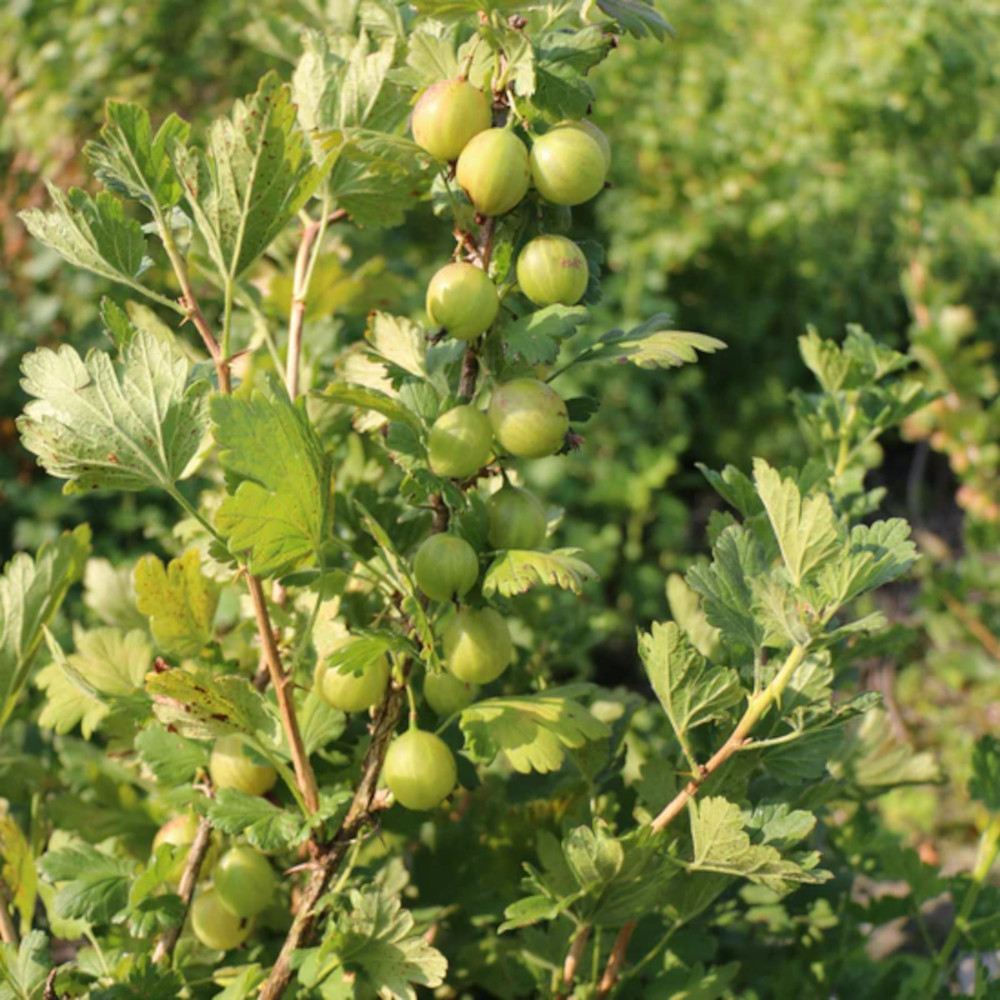
Gooseberry – Greenling (Potted)
£9.99
1 Plant (1L bio-pot)Perfectly sweet, you can even eat them straight from the bush!
This variety of Gooseberry is a reliable cropper, producing sweet and tasty fruit that can even be eaten raw. The fruits will be ready to harvest from June-July and the bush will reach 1m height so make sure it has enough space to grow.
Number of plants: 1 (1 litre biodegradable fibre pot)
Variety: Greenling
In the kitchen: Due to it’s sweet flavour these Gooseberries can be chopped and used in sweet and savoury salad recipes. Or traditionally cooked in many desserts such as crumbles or pies.
-
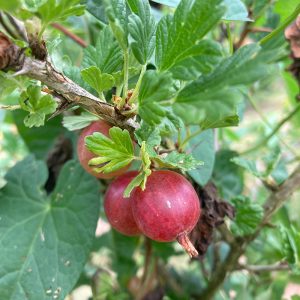
Gooseberry Plant – Hinnonmaki Red (Potted)
£9.99
1 Plant (1L Bio-pot)Hardy and vigorous red gooseberries!
This is a hardy and vigorous fruiting mid-season red gooseberry which reliably produces heavy crops of large, sweet, red berries. It is particularly resistant to mildew making it ideal for organic growing and a good choice if you’re new to growing fruit. You can harvest the berries from July-August.
Number of plants: 1 (1 litre biodegradable fibre pot)
Variety: Hinnonmaki Red
In the kitchen: Perfect for crumbles and desserts
-
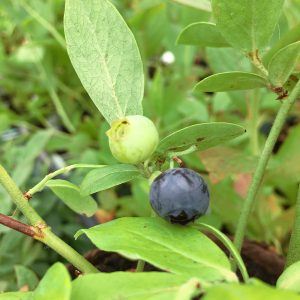
Blueberry Plant – Blue Crop (Potted)
£9.99
1 Plant (8.5cm Bio-pot)High yields from compact plants
This compact variety of Blueberry will give you a big crop of rich, sweet-tasting fruit in late summer. It is a self fertile variety, but will give better results if planted alongside another blueberry plant for better pollination rates.Number of plants: 1 potted plant (1 litre biodegradable fibre pot)
Variety: Blue Crop (self-pollinating)
In the kitchen: Blueberries are an incredibly healthy fruit. So it’s a happy coincidence that there are also incredibly tasty and versatile too. Can be used in a wide array of summery desserts. Delicious with pancakes, in muffins, or smoothies. This variety is also very good for freezing.
-
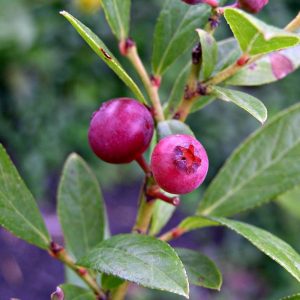
Blueberry Plant – Pink Lemonade (Potted)
£9.99
1 Plant (1L Bio-pot)Striking pink berries that taste wonderful
Providing year round colour and interest in your garden, this self-fertile variety of blueberry produces unusual pink fruits with a lovely sweet flavour. Wait until the fruits turn from pale green to pale pink to deep pink before harvesting. You can grow blueberries in pots and containers, using ericaceous compost. You’ll receive a growing guide with the blueberry plant to help you get going.
Number of plants: 1 potted plant (1 litre biodegradable fibre pot)
Variety: Pink Lemonade (self-pollinating)
In the kitchen: Blueberries are delicious with pancakes, in muffins, or smoothies and yoghurt. This variety is also very good for freezing.
-
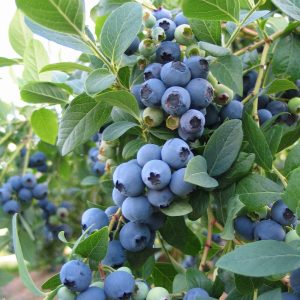
Blueberry Plant – Sunshine Blue (Potted)
£9.99
1 Plant (1L Bio-pot)A good blueberry plant for pots
This hardy variety of blueberry plant is a compact variety that crops well. It is great for growing in pots and containers. It’s a self pollinating variety of blueberry too, so you only need one plant. It is a thirsty plant, so give it plenty of water. They will be ready to harvest in July. The plant will come in a biodegradable fibre pot, together with full growing instructions.Number of plants: 1 potted plant (1 litre biodegradable fibre pot)
Variety: Sunshine Blue (self pollinating)
In the kitchen: Blueberries can be used in a wide array of summery desserts. Delicious with pancakes, in muffins, or smoothies. This variety is also very good for freezing.
-
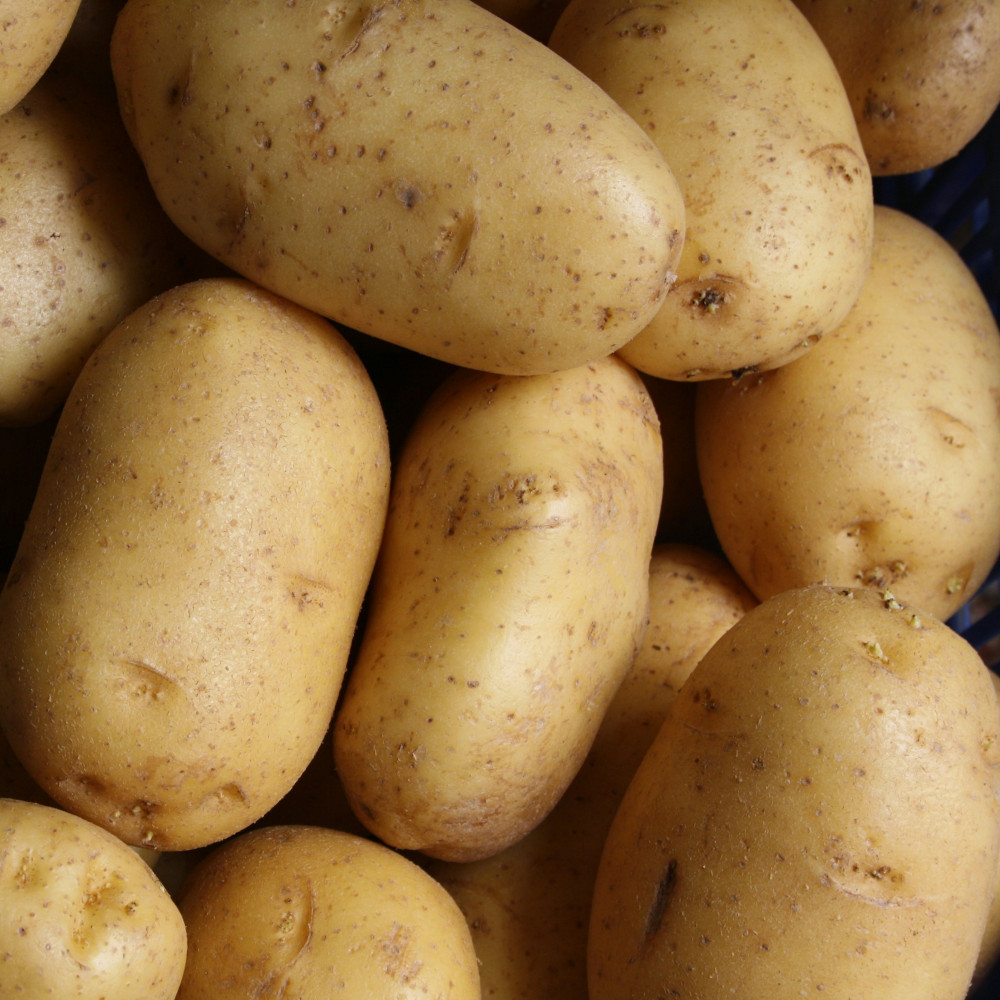
Paris Seed Potatoes (Second Early)
£4.99
(10 Tubers)A great all rounder
Paris usually produces a good yield of waxy, oval/round shaped potatoes with a smooth skin and creamy light yellow flesh. It tends to produce perfectly formed potatoes, all of a similar size, that are great for cooking up in all sorts of ways – roasted, in mash and as salad potatoes. It is a second early variety with reasonably good resistance to disease. Potatoes will grow best in fertile, well-dug over soil with good drainage.
Number of tubers (seed potatoes): 10
Variety: Paris
In the kitchen: Great for baking, mashing, roasting, frying – will also work really well as a salad potato.
Delivery: We start shipping seed potatoes in February
-
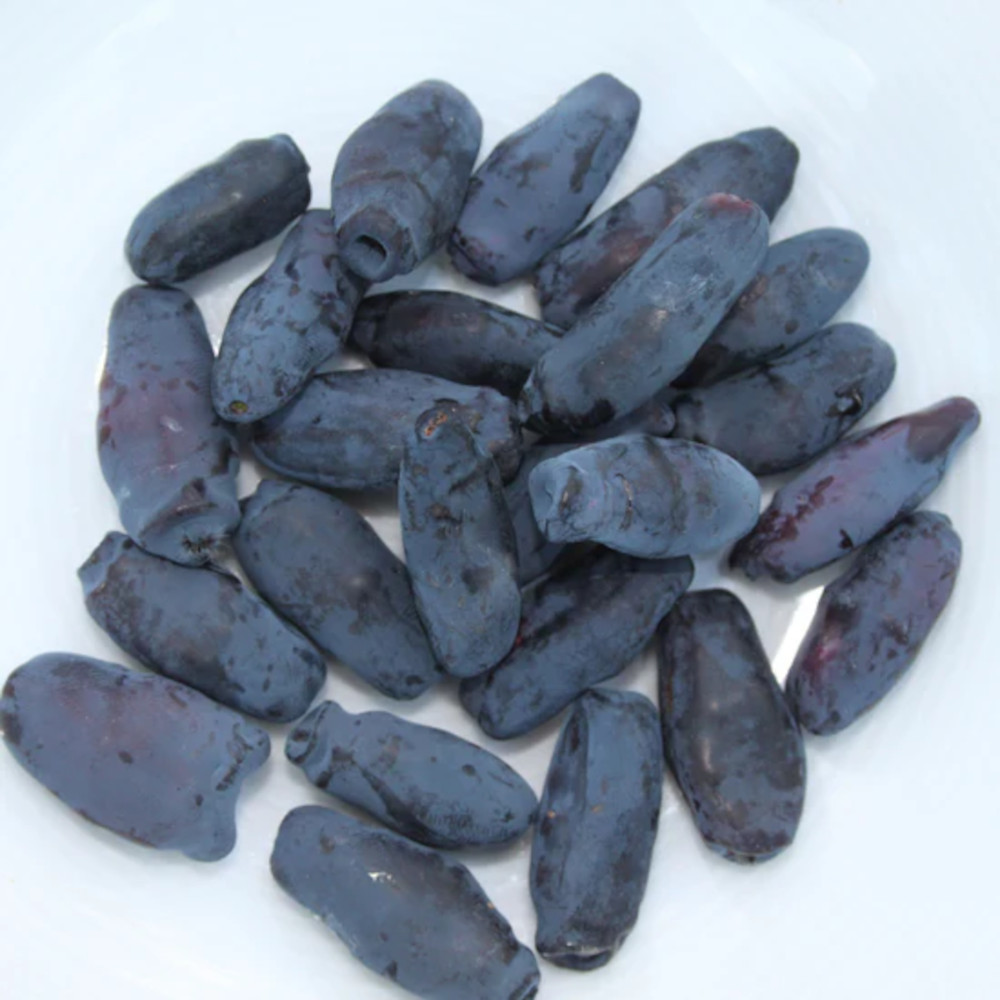
Honeyberry – Aurora (Potted)
£9.99
1 Plant (1L Bio-pot)A hardy little berry that makes good jam
This variety is reasonably sweet for a Honeyberry, however it is still less sweet than blueberries so best cooked up in jams and puddings. For best results, grow two honeyberry plants alongside each other (approx 1.2m apart) to aid pollination. You will receive full growing instructions with the honeyberry plant, which comes in a biodegradable pot that you can plant straight into the ground or into a slightly larger container. You can harvest the berries from from the beginning of June through to August.Number of plants: 1 potted plant (1 litre biodegradable fibre pot)
Variety: Aurora
In the kitchen: To get the best from their flavour use in jams or muffins or as part of a summer berry dessert.
-
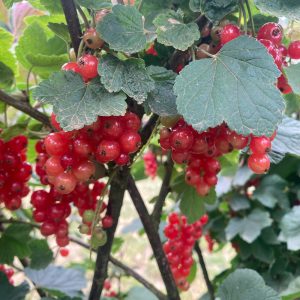
Redcurrant Bush – Jonker Van Tets (Potted)
£9.99
1 Plant (1L Bio-pot)A heavy cropping redcurrant bush to grow
This bright and juicy redcurrant plant is an extremely heavy cropper and perfect for UK conditions. This variety is great for growing in containers, which helps to keep things simple as the plant will maintain its bush-like shape fairly easily without needing much in the way of training or pruning – we like things that are easy! It will do well in sun or partial shade. You can harvest the fruits from June-July.Re-pot the plant into a slightly larger container every three years, and you should get good results. The redcurrant plant will come in a biodegradable pot – you can plant it into a bigger pot like that.
Number of plants: 1 potted plant (1 litre biodegradable fibre pot)
Variety: Jonker van Tets
In the kitchen: Redcurrants are perfect to use in sweet and savoury sauces, smoothies, jams, jellies, and pies.
-
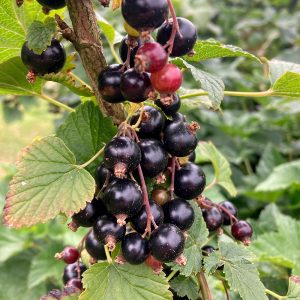
Blackcurrant – Ben Lomond (Potted)
£9.99
1 Plant (1L Bio-pot)A popular blackcurrant variety for UK growing
This is one of the most popular varieties of blackcurrant grown in the UK – well suited to colder climates and frost pockets – and requires minimum pruning between seasons. It is also quite resistant to mildew. It can be happily grown in pots, but be sure to water regularly during the summer as pots dry out quite quickly. You can let this variety grow quite bushy, just pruning lightly in autumn to remove/trim back weaker shoots. Our blackcurrant plants come in biodegradable fibre pots that you can plant straight into the ground (or into a larger pot)Number of plants: 1 potted plant (1 litre biodegradable fibre pot)
Variety: Ben Lomond
In the kitchen: Blackcurrants are perfect for summery puddings, great for making jams and can easily be frozen.
-
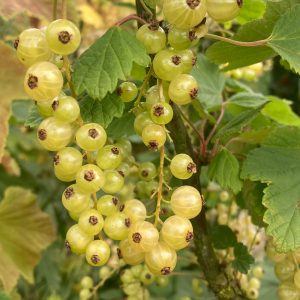
Whitecurrant – White Versailles (Potted)
£9.99
1 Plant (1L Bio-pot)Deliciously sweet whitecurrants
This is a very popular whitecurrant variety because it produces heavy crops and the currants are usually very sweet (they are naturally sweeter than other currants, they just need the sunshine to sweeten them up!) It is a bushy variety, which makes it easy for pruning – you can just cut back old wood and any weak shoots – and you don’t need to train it. Whitecurrants will do well grown in a large container (do this gradually, by re-potting every two or three years to a container a little larger than the one before) or in the ground but be sure to dig in plenty of compost or well-rotted manure before planting.
You’ll receive a growing guide with your plants.
Number of plants: 1 potted plant (1 litre biodegradable fibre pot)
Variety: White Versailles
In the kitchen: This harvested berry is delicious in summery puddings, used for making jams or even freezing.
-
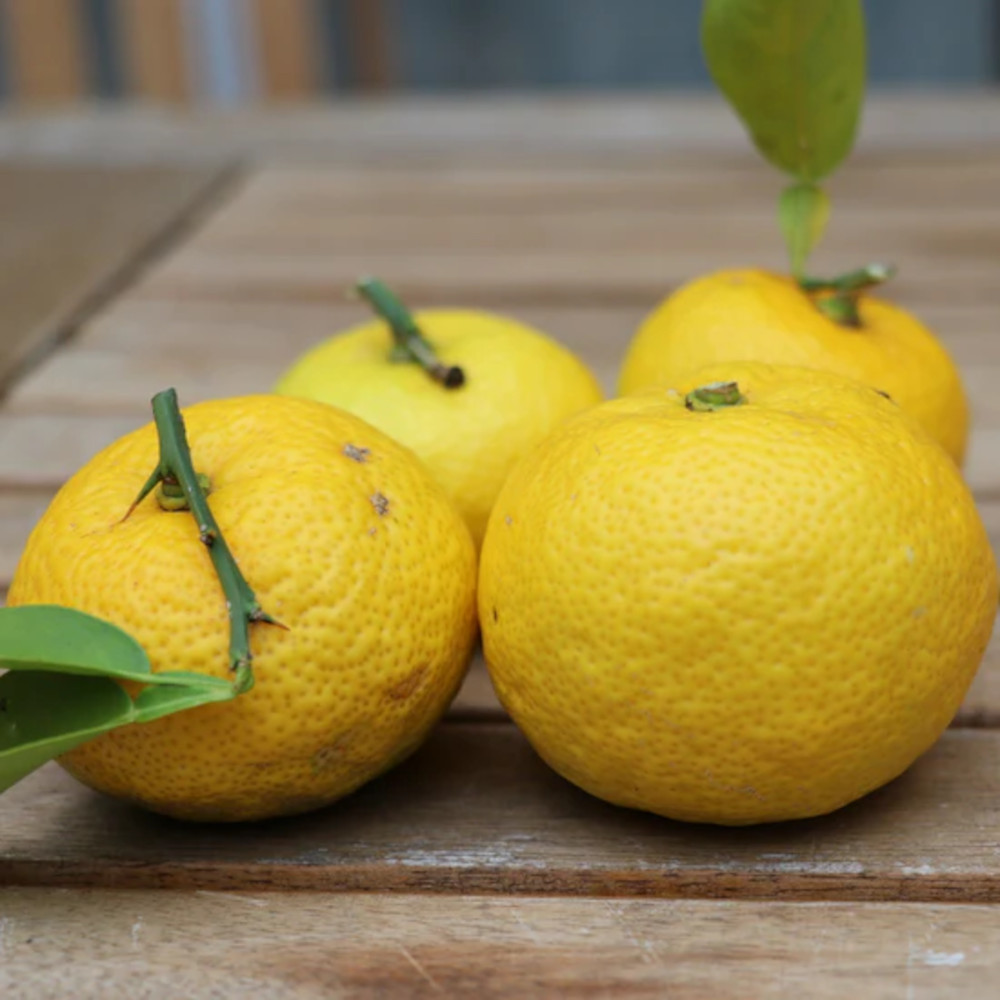
Citrus Fruit – Yuzu
£9.99
1 Plant (1L Bio-pot)Add a bit of zing to your kitchen garden this year
Also known as the Japanese Lemon, Yuzu is part of the citrus family and produces lemon-like fruits in the shape of tangerines. It has an intense citrus flavour but with a subtle of sweet orange and grapefruit too. The plant will grow to 4m in height and you can harvest the fruits from October to January.
Number of plants: 1 potted plant (1 litre biodegradable fibre pot)
Variety: Yuzu
In the kitchen: Use as a substitute for a lemon or lime in any dish or why not add to your favourite cocktail/mocktail. It also works well in a vinaigrette or salad dressing.
-
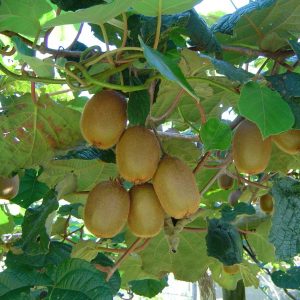
Kiwi Plant – Jenny (Potted)
£9.99
1 Plant (1L Bio-pot)A great cropping kiwi fruit!
This is a self-fertile variety so you only need one plant. Plant at the base of a trellis or fence, ideally in a greenhouse or polytunnel. If you live in southern parts of the country, you could try growing kiwi in a sheltered, sunny site outdoors. It will begin to produce fruit in the 3rd year after planting and will grow up to 4m in height. You will receive a full growing guide with your kiwi plant.
Number of plants: 1 potted plant (1 litre biodegradable fibre pot)
Variety: Jenny
In the kitchen: Ripen the kiwis in the kitchen and enjoy!
-
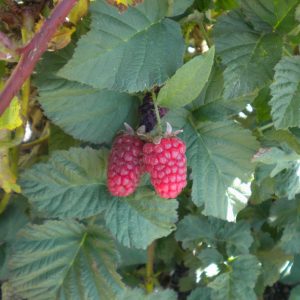
Tayberry – Buckingham (Potted)
£9.99
1 Plant (1L Bio-pot)Quick to establish and easy to grow
A Tayberry is a hybrid plant which is a cross between a loganberry and a raspberry. This variety produces large, delicious fruits which can be up to 5cm long. These tasty fruits are best picked when they have changed from red to deep purple. They are good for planting in pots or containers. The plants come in a biodegradable fibre pot – full growing instructions are included.Number of plants: 1 (1 litre biodegradable fibre pot)
In the kitchen: Treat Tayberries as you would blackberries and raspberries. They work well in dishes such as pies, crumbles, summer pudding or used to make a fruit sauce, jam, ice cream or sorbet.
-
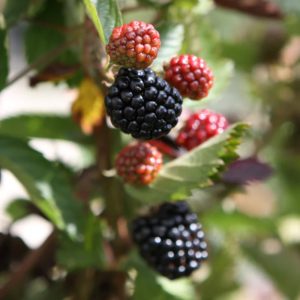
Blackberry – Asterina (Potted)
£9.99
1 Plant (1L Bio-pot)Thorn-free blackberry picking!
You’ll get a lovely long harvest of blackberries during early autumn from this variety, and it’s thornless too which is an added bonus. The blackberries are very sweet and is a fast growing plant. A great plant to grow in pots in your kitchen garden, and perfect for urban spaces where hedgerow blackberries are harder to come by. The plants come in biodegradable fibre pots, with full growing instructions.Number of plants: 1 potted plant (1 litre biodegradable fibre pot)
Variety: Asterina
In the kitchen: Blackberries are perfect for pies and crumbles and other autumnal puddings.
-
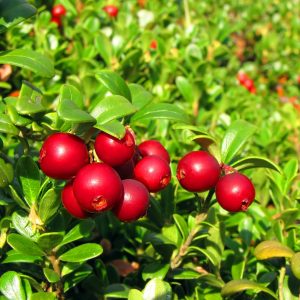
Lingonberry – Red Pearl (Potted)
£9.99
1 Plant (1L Bio-pot)A hardy, disease resistant lingonberry bush
This is a beautiful evergreen which is native to Britain and produces bright red, tart and juicy berries. It’s a very hardy and disease resistant bush that grows well in shade. Definitely one to try! Lingonberry is very similar to cranberry in flavour. The plant will come in a biodegradable pot, which you can plant straight into another pot or bed in the kitchen garden. A full growing guide comes with the plants.
Number of plants: 1 potted plant (1 litre biodegradable fibre pot)
In the kitchen: Lingonberries are very similar to cranberry. They make a delicious jam. You can also use them in summery desserts such as summer pudding. Try making lingonberry juice.
-
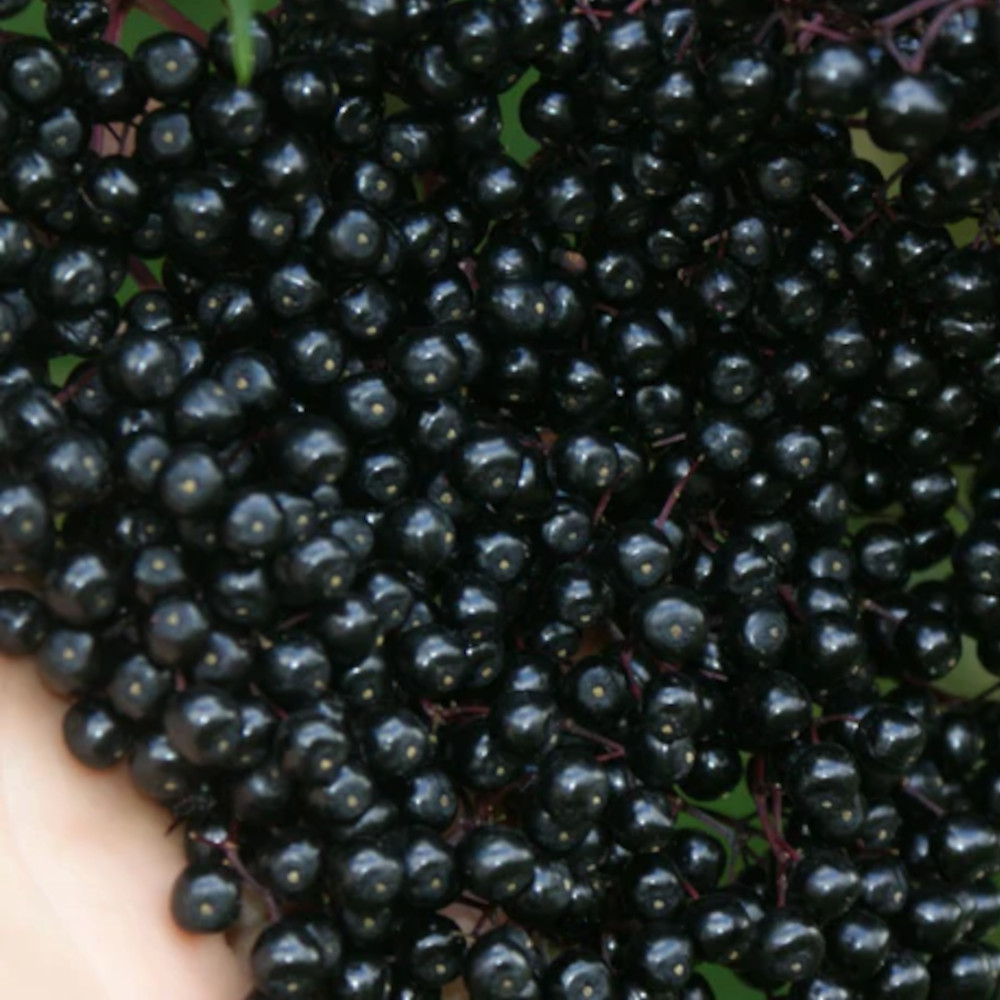
Elderberry – Ranch (Potted)
£9.99
1 Plant (1L Bio-pot)Give your immune system a boost!
This is a productive plant that’ll give you a good crop to cook with (don’t eat them raw!) Elderberries are easy to grow in any soil type and they are very hardy plants. The berries are packed full of vitamin C and antioxidants and are a great one for helping to fight off those winter colds – try cooking it down with water and sugar into a syrup. The ‘Ranch’ variety is relatively compact and will only grow to 2 metres high. You can harvest the berries from August to September.
Number of plants: 1 potted plant (1 litre biodegradable fibre pot)
In the kitchen: THEY MUST BE COOKED! Use Elderberries in crumbles, pies and other fruit puddings or they make delicious jam. If you’re feeling adventurous you can even make your own elderberry wine!
-
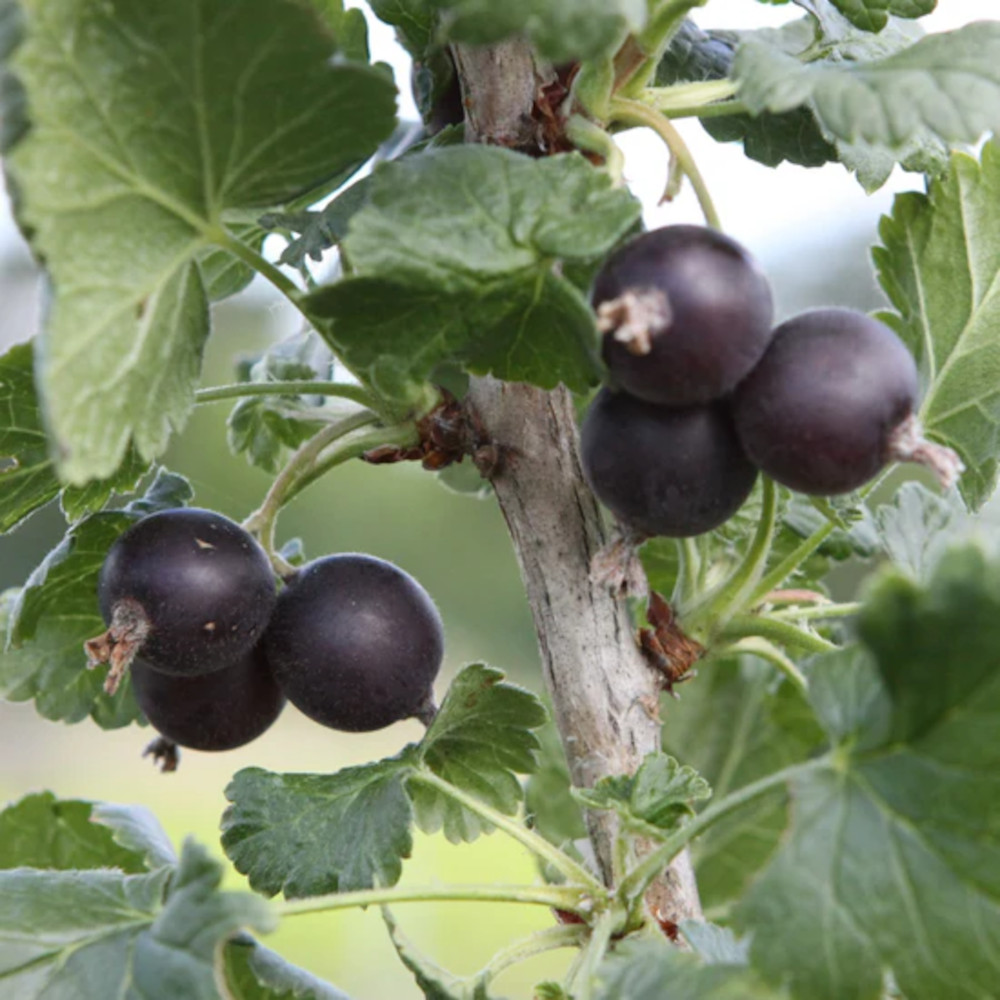
Jostaberry – Josta Beere (Potted)
£9.99
1 Plant (1L Bio-pot)This unusual plant is a blackcurrant and gooseberry hybrid
Jostaberry produces fruit that looks very similar to blackcurrant but twice the size and with a unique flavour and produces very sweet berries. The jostaberry is a thornless bush (makes it easier to pick!) that is heavy yielding and mildew resistant. You will receive a growing guide with the plant to get your jostaberry growing off to a good start.Number of plants: 1 potted plant (1 litre biodegradable fibre pot)
In the kitchen: Use jostaberry in crumbles, pies and other fruit puddings or jams
-
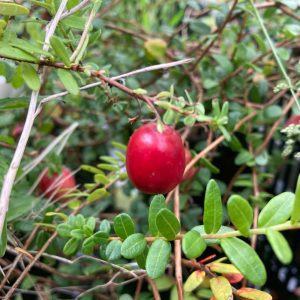
Cranberry – Vaccinium Macrocarpon ‘Stevens’ (Potted)
£9.99
1 Plant (1L Bio-pot)A reliable cranberry plant with good frost and disease resistance
This is the most widely grown variety of cranberry plant as it is well known for its reliability and resistance to frost and diseases. It’s a self-fertile variety producing beautiful deep red fruits with a lovely tangy flavour. Commonly known as ‘Stevens’ this is an American variety that is creeping and low-growing it will only reach a height of 20cm. You should be able to begin harvesting the fruits from October.The cranberry plant will come in a bio-degradable pot – you can either plant it in its pot, or peel the pot off. You will receive a full growing guide with your plant.
Number of plants: 1 potted plant (1 litre biodegradable fibre pot)
Variety: Vaccinium Macrocarpon ‘Stevens’
In the kitchen: Cranberries come into their own around Christmas but are good for much more than accompanying the turkey. Their sour flavour lends itself well to both sweet and savoury dishes, as well as in smoothies, juices and cocktails.
-
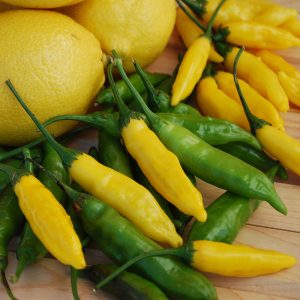
Chilli Pepper – Hot Lemon
£5.99
(3 Plants)The clue is in the name…
These little yellow chillies are HOT! You’ll get a good yield from each plant. The plant is nice and compact, so it is an excellent choice for pots and patio gardens if you’re keen to grow your own chillies. The chillies ripen from green to yellow – we recommend harvesting once they’ve fully ripened.
Number of plants: 3
Variety: Hot Lemon (organic*)
-
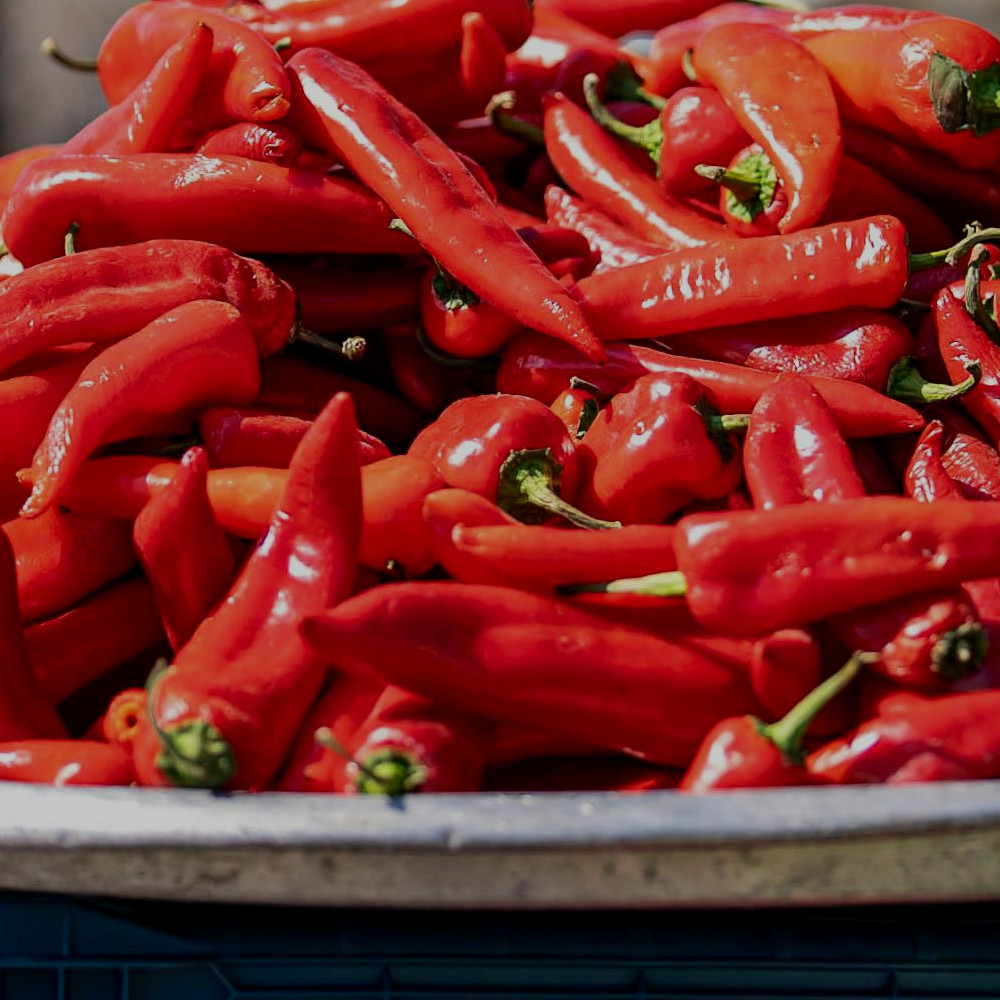
Chilli Pepper – Tabasco
£5.99
(3 Plants)Hot, saucy chilli peppers
The classic variety used for Tabasco sauce. The chillies grow upwards on a tall bush that grows to around 1m. As they ripen, the chillies turn from yellow to green to orange and then red, getting hotter at each stage. The chillies measure about 3cm.
Number of plants: 3
Variety: Tabasco (organic*)
